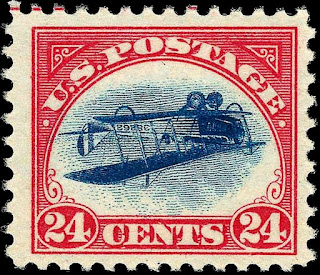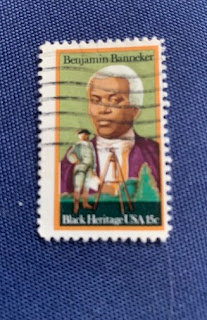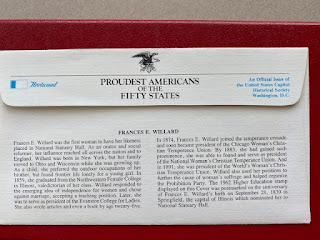Philately. Stamp collecting. A hobby. However, philately is more than just a hobby. Philately is a way of examining history, society, art, and culture.
A recent meeting at work about the ProQuest and the dissertation submission process got me wondering if there are dissertations about stamps and other philatelic materials and history.
Turns out there are!
I did a very broad search in ProQuest Dissertations & Theses Global
The search yielded 1,235 entries with publication dates ranging from 1902 to 2021. I sorted them by relevance. Looking at the topics, the keywords appeared mainly in the title or abstract but were not assigned as a subject.
Some of the relevant selections within the first 20 citations include:
Herndon, M. E. (1991). The sporting spirit: Perceptions in philatelic art iconography and sports philately, 1896-1974. (volumes I-IV) The Ohio State University.
Xue, Y. Y. (2011). Opinion on china philatelic marketing theory under the experience economy. Renmin University of China
Jin, H. J. (. (2008). Strategic ponderation on development of china philatelic service. Renmin University of China
Lemiski, K. J. (1999). The political significance of philately: Imperial and national postal systems in Ukraine.
Arizona State University
Luff, D. J. (1998). The utility of philately in comparative education and the analysis of higher education systems. University of the Pacific
Baixauli Comes, V. (1989). The Spanish pharmaceutical laboratories and industry in the 19th and 20th centuries: Historical postal and philatelic study. Universitat de Valencia
However, there were some within that first block of 20 that did not focus on philately, but only casually mentioned it.
For my second search, I used the same terms with the boolean "or" but selected to search within all subjects and indexing. I hoped to yield a strong list of results, but without the citations that were not truly about philately.
This search yielded only 4 citations. Three of the citations appeared in my first search within the initial 20. The fourth one was in my first set of results, just not within the first 20 citations.
As a librarian, I find looking at these indexing and metadata issues fascinating. But, the point of this post is to share that philately is not just a hobby. It is a way of viewing history - socially, culturally, politically, and economically. It is worthy of serious academic study. My quick search of doctoral dissertations and master's theses illustrates this.




































